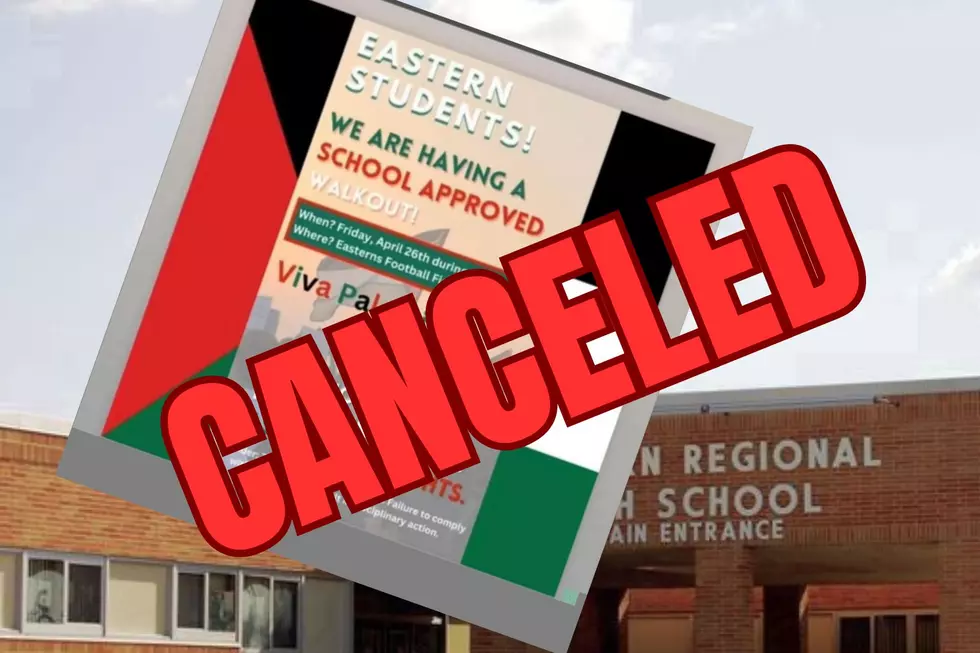
Oregon Switching to Federal Health Exchange
After months of trying to get its problem-plagued online health exchange to work, Oregon on Friday officially gave up on the state portal and decided to switch to the federal website - the first state in the nation to do so.
An early adapter and early enthusiast of the Affordable Care Act, Oregon was once seen as the national leader in health care reform. The progressive state's ambitious vision for its exchange, its colossal multimillion-dollar failure, and the inability to fix the glitch-filled site illustrate the complexity of the health care law and the challenges for states that decided to build their own exchanges.
Oregon, which so far has failed to enroll a single person in coverage in one sitting through its exchange, decided to ditch the exchange because officials said fixing it would be too costly at $78 million and would take too long. Switching to the federal system will cost just $4 million to $6 million and is the least risky option.
Oregon's exchange is seen as the worst in more than a dozen states that developed their own online health insurance marketplaces. Oregonians must use a time-consuming hybrid paper-online process to sign up for insurance. The state also had to hire more than 400 workers to aid in the manual enrollment process - that despite $134 million Oregon paid its main technology contractor Oracle Corp. to build the online exchange. Oregon received a monthlong enrollment-deadline extension because of the technology problems.
Several other states, which have experienced major problems with their exchanges, are also debating their futures - although it's unclear how many, if any, will switch to the federal portal. Already, one other state has chosen to replace its site: Maryland recently decided to adopt the technology used on Connecticut's successful exchange.
Of the 14 states and the District of Columbia that built their own exchanges, some portals are running smoothly, including in California, Washington state, Connecticut and Kentucky. But in a half dozen states, technical troubles have cropped up after exchanges launched last October, marring implementation of the health-care overhaul.
Exchange glitches have led states to firing technology contractors, exchange leaders resigning, cost overruns, and officials trying to figure out how - or if - to salvage their portals.
Nevada, whose portal has also been wracked with problems since it went live Oct. 1, is sticking with its state-run exchange, at least for now. The state is awaiting an analysis by Deloitte Consulting on problems with the system built by Xerox and recommendations on whether the exchange should be fixed or scrapped.
In Hawaii, where the exchange site also had a rocky start and the state has enrolled just 8,000 people, some lawmakers were talking about switching to the federal exchange, though there is no formal process to consider the switch at this time. Instead, legislators are considering giving up to $3.5 million to Hawaii's troubled exchange next year so it can stay afloat.
Massachusetts, another state with a problem-plagued exchange, is considering whether to partner with a new vendor to rebuild key components of its portal, ditch the site and adopt another state's exchange or use the federal site.
Exchange leaders from Massachusetts, Maryland and Oregon plan to meet with officials at the federal Centers for Medicare and Medicaid Services to iron out the details of their exchanges' futures.
New Mexico is going in the opposite direction - switching from the federal site to using just a state-based computer system. Right now, New Mexico uses the federal portal for enrolling individuals while a state-based exchange handles enrollment of small businesses. The state plans to switch fully to a state-based system.
"We are marching forward with that and not even contemplating some option whereby we would just allow the individuals to stay at the feds," said Jason Sandel, a member of the exchange's governing board. "We've have had a very difficult time working with the federal government by way of accomplishing some of the things we wanted to do."
As an example, Sandel said the federal government turned down New Mexico's request to have a longer open enrollment period for individuals this year.
For its part, Oregon will continue using the current technology for Medicaid enrollments, but it will have to improve on the system. Officials estimated the cost of the improvements at about $35 million. They said the federal government would pay 90 percent of those costs and of the costs of switching to the federal exchange. In total, Oregon has spent nearly $250 million of the $305 million it received from the federal government under the Affordable Care Act.
Republicans blasted Cover Oregon after its board approved ditching the beleaguered site.
"Today's decision by Cover Oregon to move to the federal health exchange after months of false assurances is an incredibly embarrassing moment for the state of Oregon," state Rep. Mike McLane, R-Powell Butte, said in a statement. "Oregonians were sold false promises, and all we got was a faulty, unfinished product ..."
But Cover Oregon officials defended the exchange and its technology work.
"There's a lot of disappointment. There was a lot of passion for the project," said Cover Oregon interim executive director Clyde Hamstreet. "But I don't think it's all a waste. There's a lot of value in what's been done."
Despite the exchange's technology fiasco, about 242,000 Oregonians have enrolled in coverage through Cover Oregon. An estimated 70,000 of those enrolled in private health plans, while 172,000 enrolled in the Oregon Health Plan.
Federal officials said the federal exchange is able to add more states, and they are working with Oregon on the next steps.
In March, the federal Government Accountability Office announced an investigation of Oregon's exchange, including looking at whether the federal government can reclaim grant money given to Cover Oregon if taxpayer funds were mismanaged.
An independent investigation ordered by Gov. John Kitzhaber found state managers repeatedly failed to heed reports about technical problems that prevented the Cover Oregon exchange from launching. It also found Oracle did a shoddy job in building the exchange. Five Oregon officials connected to the development of the Cover Oregon portal have resigned.
Officials said they will keep the Cover Oregon website throughout 2014, but it will be redesigned to direct people to the federal site. Oregon also will use the federal call center, but it will retain some front-end customer outreach, education efforts and initial carrier management.
Because HealthCare.Gov enrolls people only in private health plans, Oregonians found eligible for Medicaid will be redirected to the Oregon Health Authority, a state agency that can enroll them in the Oregon Health Plan, Oregon's version of Medicaid.
Hamstreet said Cover Oregon has extended its transition agreement with Oracle until June 28 to help with the switch to the federal exchange and the upgrades needed for Medicaid enrollment. Hamstreet said the state continues to consider legal action against Oracle.
Oracle spokeswoman Deborah Hellinger said in a statement that the company "looks forward to providing any assistance the State needs in moving parts of Oregon's health care exchange to the Federal system."
More From New Jersey 101.5 FM









